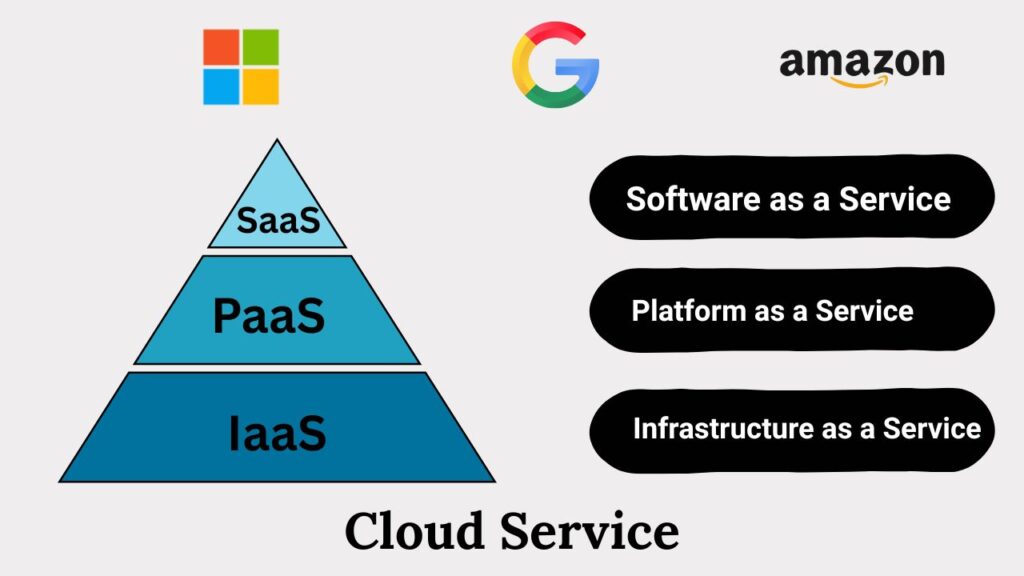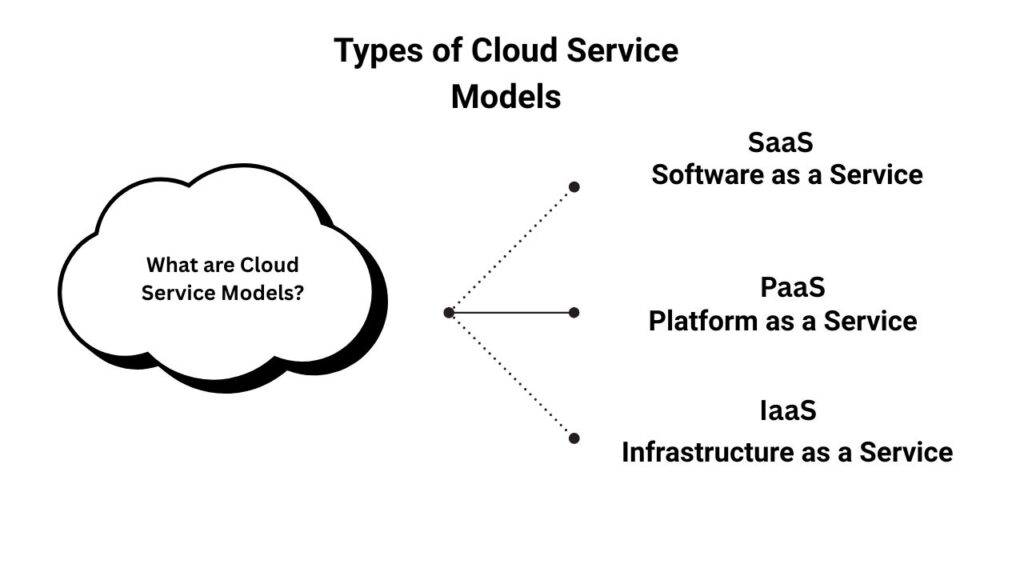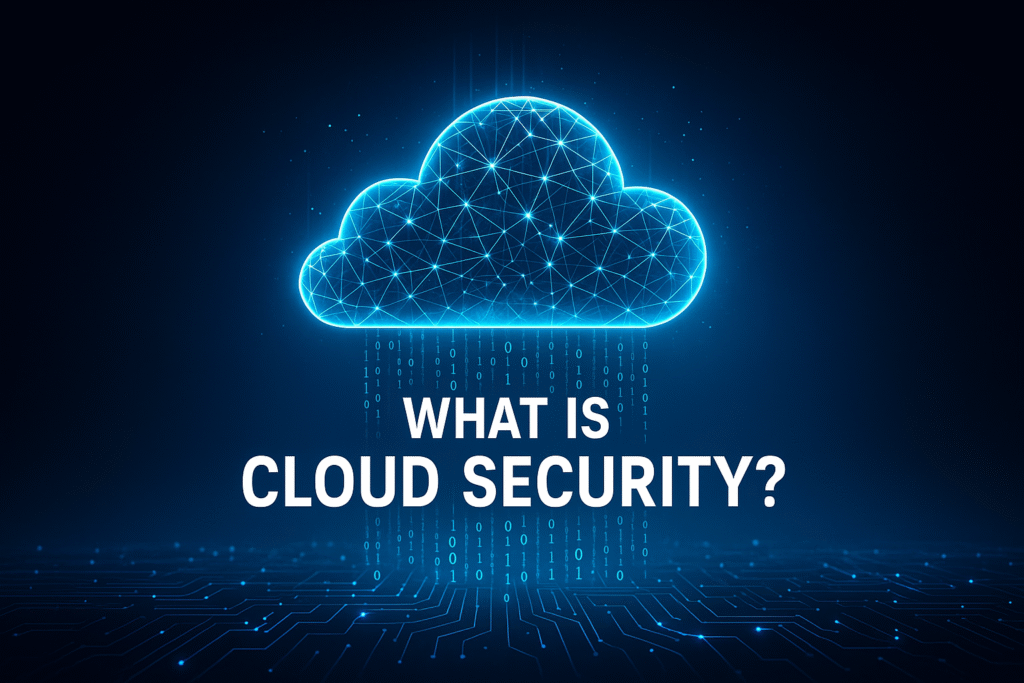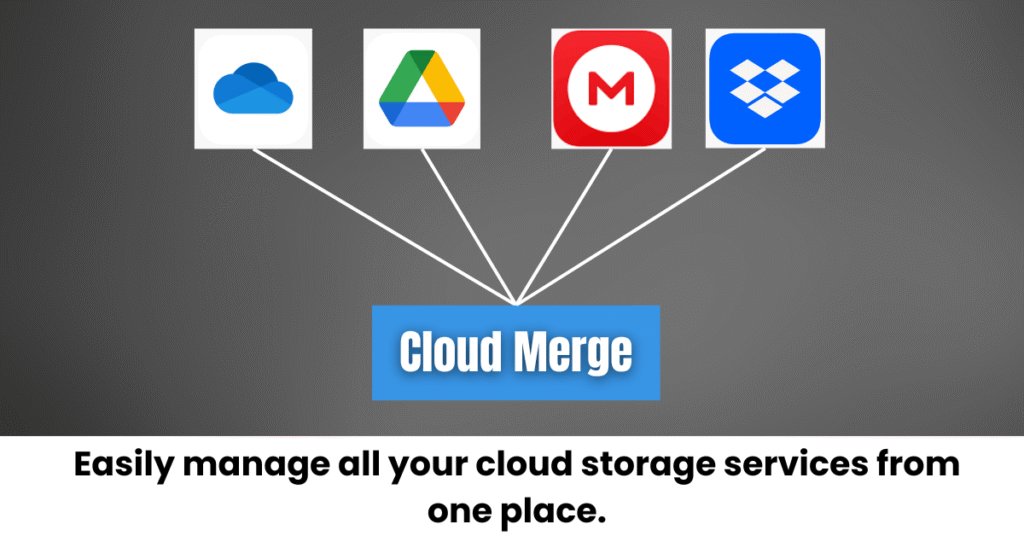Understanding Cloud Computing and Services Types
The means of cloud computing is to use the internet to access data and save files rather than using your computer. Also, there are different types of cloud services; it’s essential to understand how we can use them according to our needs.

What are Cloud Service Models?
Cloud computing offers different service models. Cloud computing companies provide Systems to the users so they don’t have to buy servers and storage. Cloud companies offer all these services, which means you can use them according to your needs over the Internet.
- Its service is very reliable and easy for everyone, with help available via the Internet.
- It can be grown up or down as per the user.
- Only users have to pay the amount for their service type.
- Services are only managed by the respective cloud providers.
- Only an internet connection is required and sufficient to access it from anywhere.
What are the types of cloud services?
- Public cloud
- Private cloud
- Hybrid cloud
- Community cloud
- Multi-cloud
Cloud Deployment
Cloud Deployment is where you are using other companies’ (like Google, Microsoft, and Amazon) infrastructure to use software, run apps, and store data.
What is “As a Service”?
There are three types of “as a Service” models. They use different computing parts, like storage, apps, and tools.
- IaaS – Infrastructure as a Service
- PaaS – Platform as a Service
- SaaS – Software as a Service
Example
- You can buy Storage and Servers from Google, Amazon, and Microsoft in IaaS
- You can build and run your apps with tools and without handling hardware in PaaS
- You can easily use Gmail and Zoom without installing them on your system in SaaS

1. IaaS – Infrastructure as a Service
You can rent basic IT infrastructure, like- Networks, Storage, and Servers, over the Internet.
Example
This service is perfect for businesses that want to build apps without spending on hardware.
2. PaaS – Platform as a Service
You can test, build, and run apps without worrying about servers and software.
Example
Great for developers who want to write code without handling updates, security, and system maintenance.
3. Saas – Software as a Service
You can use any software without installing it on your system; all software runs on the cloud.
Example
It is best for businesses that want a ready-to-use app without dealing with backend maintenance.
Understanding Cloud Models: IaaS vs PaaS vs SaaS
Feature IaaS PaaS SaaS
Target User: IT Admins/Developer,s Developers, End Users
Control Level Full Infrastructure Application & Data Minimal – Just Usage
Scalability High High Depends on the provider
Example Use Case: Hosting VMs, App Development, Email, CRM, Collaboration
Advantages of Cloud Service Models
- On-Demand Resources
- Flexibility
- Cost Savings
Drawbacks of Cloud Service Models
- Limited Customization In SaaS
- Data Security Concerns
- Vendor Lock-In
How to Pick the Best Cloud Service Model
It depends on your business, growth plans, technical requirements, and goals while selecting the right cloud service model (IaaS, PaaS, or SaaS).
1. Choose According to Your Business Goals
- IaaS (Infrastructure as a Service): Perfect for businesses building custom apps from scratch. With complete control of the infrastructure.
- PaaS (Platform as a Service): Perfect for your business without worrying about servers and security updates.
- SaaS (Software as a Service): Perfect for those who want ready-to-use apps like email, CRM, and collaboration tools without worrying about backend tech.
2. Hybrid Cloud Options
A hybrid cloud combines a company’s on-premises servers with public or private cloud services.
- This is great for businesses that want complete control over some parts of their system and use the cloud for flexibility.
3. Make Sure It Can Grow with Your Business
- Select the model (IaaS, PaaS, SaaS) that can grow as your business.
- Ensure the model works perfectly with your frameworks, languages, programming, and existing tools.
- Ensure the model can easily integrate with your other services, like AI tools and databases.
Conclusion
IaaS, PaaS, and SaaS are the three cloud service models, and each has different roles:
- IaaS: build custom apps from scratch with complete control of the infrastructure.
- PaaS: easy app development without managing servers, storage, and security updates.
- SaaS: ready-to-use Applications like email CRM without worrying about backend tech.
All these models can optimize your business and provide cost savings, on-demand resources, and flexibility.

